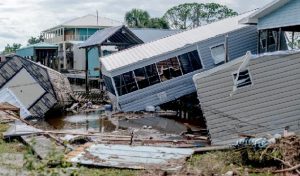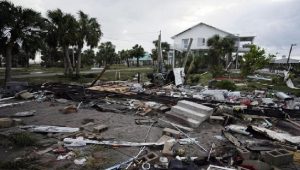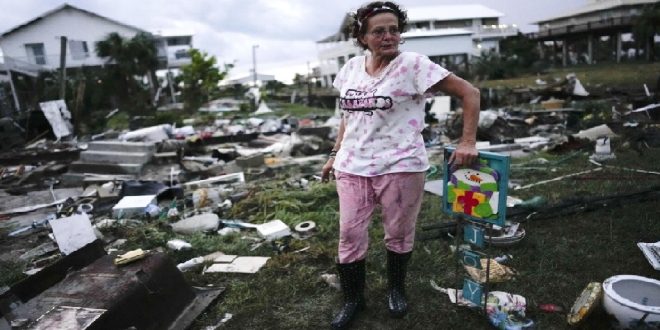02-09-2023
GEORGIA/ CAROLINAS: Tropical Storm Idalia made its presence felt as it brought heavy rain to the Carolinas before moving away from the US Eastern Seaboard.
 The storm’s arrival had raised concerns about potentially devastating floods. However, the Carolinas have mostly escaped the severe damage. The prior forecasts and accompanying preparations helped residents prevent significant harm.
The storm’s arrival had raised concerns about potentially devastating floods. However, the Carolinas have mostly escaped the severe damage. The prior forecasts and accompanying preparations helped residents prevent significant harm.
Florida’s Gulf Coast, where the storm landed as a major hurricane, continued recovery efforts as officials assessed the damage.
Idalia struck Florida’s Big Bend region with Category 3 winds of nearly 125 mph, causing considerable damage. The storm weakened to a post-tropical cyclone as it moved into the Atlantic after hitting the Gulf Coast.
The storm’s impact led to fallen trees, power outages, and debris-strewn areas. Emergency teams rescued stranded residents due to flooding. Fortunately, the damage and loss of life were less than expected.
Idalia’s storm surge posed a major threat, but there were no reported deaths attributed to it. As the storm moved towards the Atlantic, it left behind heavy downpours, potentially bringing up to 10 inches of rain to parts of North and South Carolina.
Flash floods were a concern, but both states appeared to have been mostly spared.
 In North Carolina’s Whiteville town, around 40 businesses suffered flood damage. South Carolina’s emergency management center began winding down operations.
In North Carolina’s Whiteville town, around 40 businesses suffered flood damage. South Carolina’s emergency management center began winding down operations.
Florida’s Big Bend coast faced significant damage, especially in Horseshoe Beach, where trailer homes were destroyed, and boat docks left in ruins. Insured property losses were estimated at $9.36 billion.
President Joe Biden approved a major disaster declaration for affected Florida counties, and FEMA was involved in recovery efforts.
Despite the challenges, timely evacuations helped prevent casualties. Many residents faced property losses and potential displacement as they deal with the aftermath of Idalia’s impact. (Int’l News Desk)
 Pressmediaofindia
Pressmediaofindia




